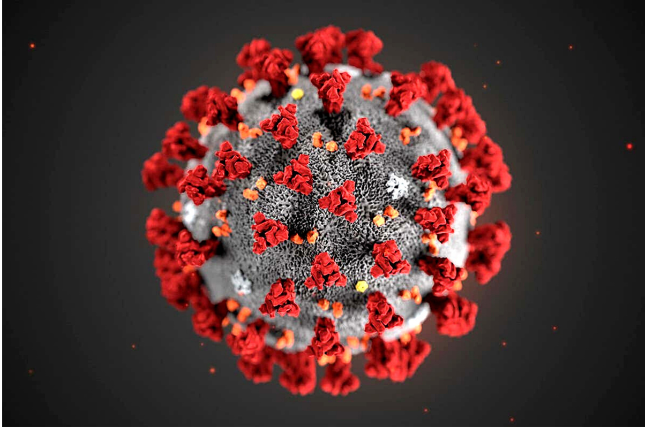
June 13, 2023 – The emerging climate crisis has in recent years included a rise in the frequency and intensity of extreme rain events, leading to loss of life and property. A new research study, led by Prof. Assaf Hochman and by doctoral student Tair Plotnik at the Hebrew University’s Fredy & Nadine Herrmann Institute of Earth Sciences, investigated the factors influencing our ability to forecast extreme rain events and developed tools that will soon be able to help prevent disasters by improving the forecasting of such events.
Extreme rain events, particularly those that cause flash floods in the south and east of Israel during the spring and fall (such as the floods in Nahal Tzafit in April 2018 that claimed the lives of 10 young people), are particularly difficult to forecast—even a short while in advance. Dr. Hochman and his team studied the factors that affect our ability to predict extreme rain events of this type, which are linked to what is known as an “active” Red Sea Trough.
In this study, the research team—which also includes Elizabeth-Ruth Shehter, Dr. Shira Raveh-Rubin and Dr. Leehi Margaritz-Ronen of the Weizmann Institute of Science, and Dr. Francesco Marra of the University of Padova in Italy—used an extensive database belonging to the European Centre for Medium-Range Weather Forecasts (ECMWF) to examine all extreme rain events since 1979 and sort them into hard-to-forecast and easy-to-forecast categories. They found that one of the factors preventing optimal forecasting of extreme rain events in Israel is the simultaneous entry into the country of air masses from the south and from the north, with significantly different characteristics found between the two types of air masses.
The research team developed a mathematical tool that can improve forecasting even in difficult cases, so that in the near future it will be possible to predict the extremity of rain events in Israel (and, eventually, other parts of the world) with a high degree of accuracy. This capability will enable decision-makers to prepare for such events, and thus save lives while also significantly reducing the damage these events cause.
Dr. Hochman explained the study findings: “The study, and the tool we subsequently developed, allow us to examine the factors that create extreme rain and thus to forecast the conditions in which extreme rain events will develop. Using this kind of tool will likely save lives as, in the future, it will allow the authorities to predict extreme rain events and to prepare for them properly.” Dr. Hochman added that, “We plan to collaborate with the Israel Meteorological Service, and other large forecasting institutions around the world, in order to operationalize our unique new approach.”
The full report can be found here: https://doi.org/10.1016/j.wace.2023.100564
Link to the researcher’s site: https://en.earth.huji.ac.il/people/assaf-hochman



